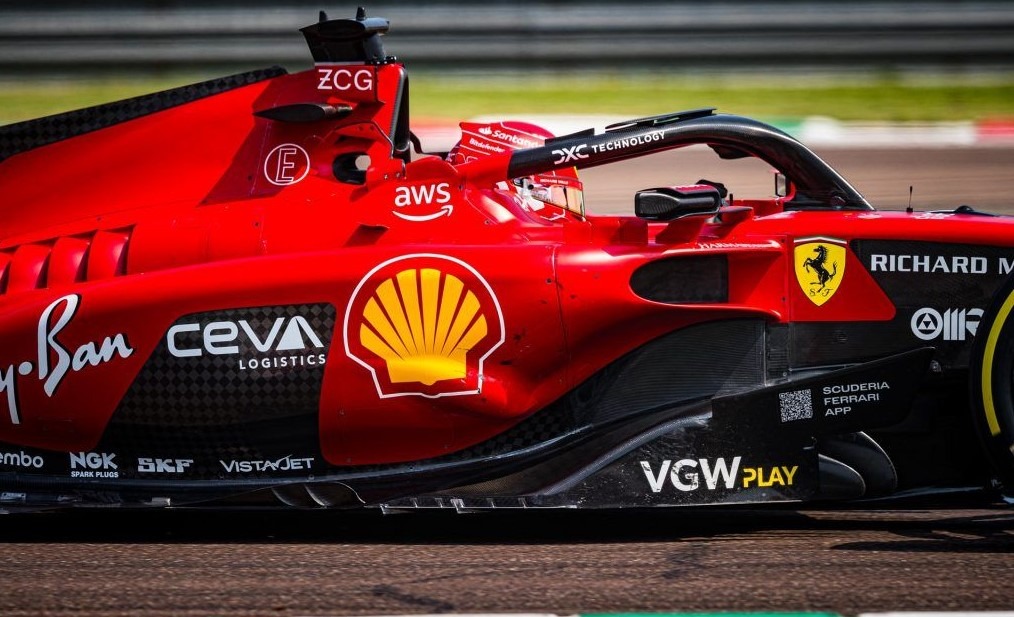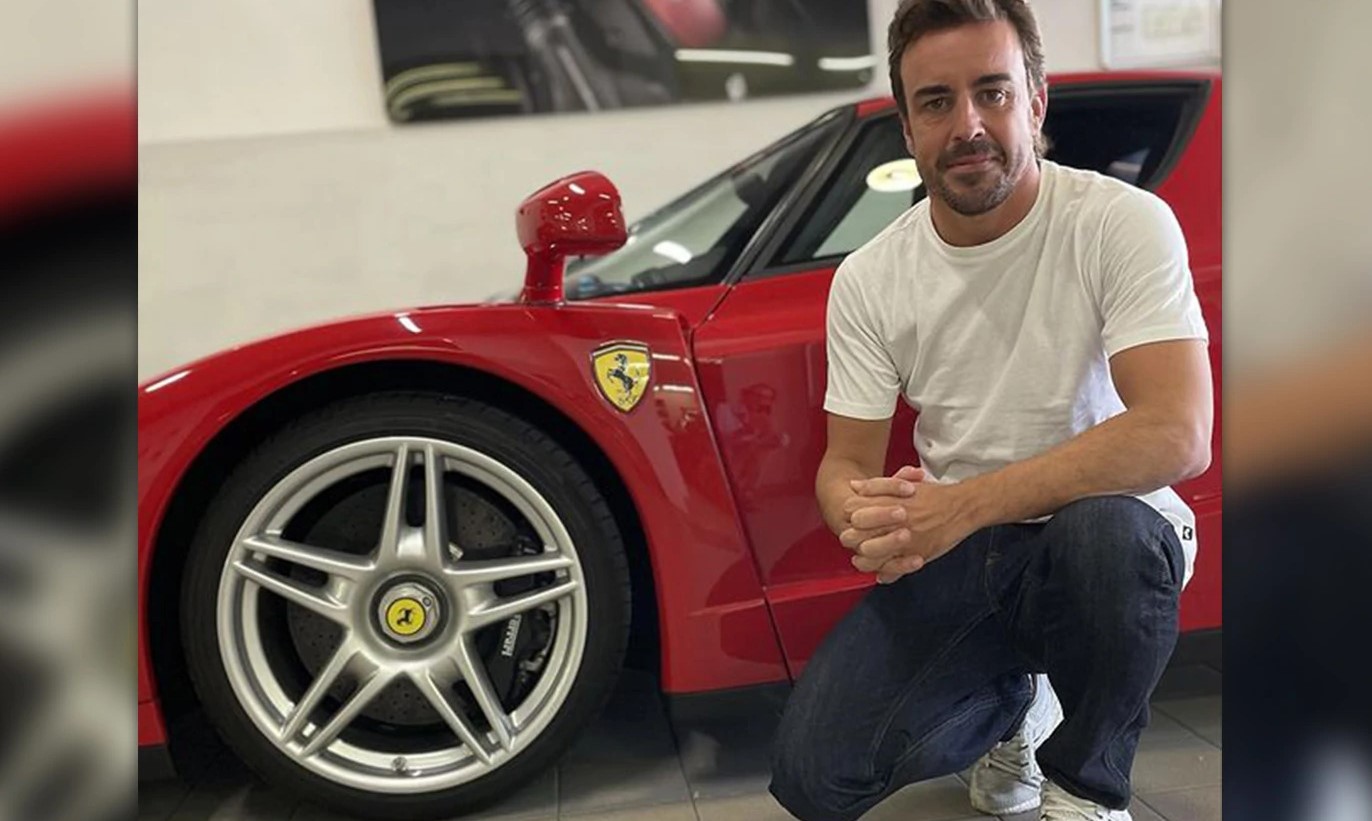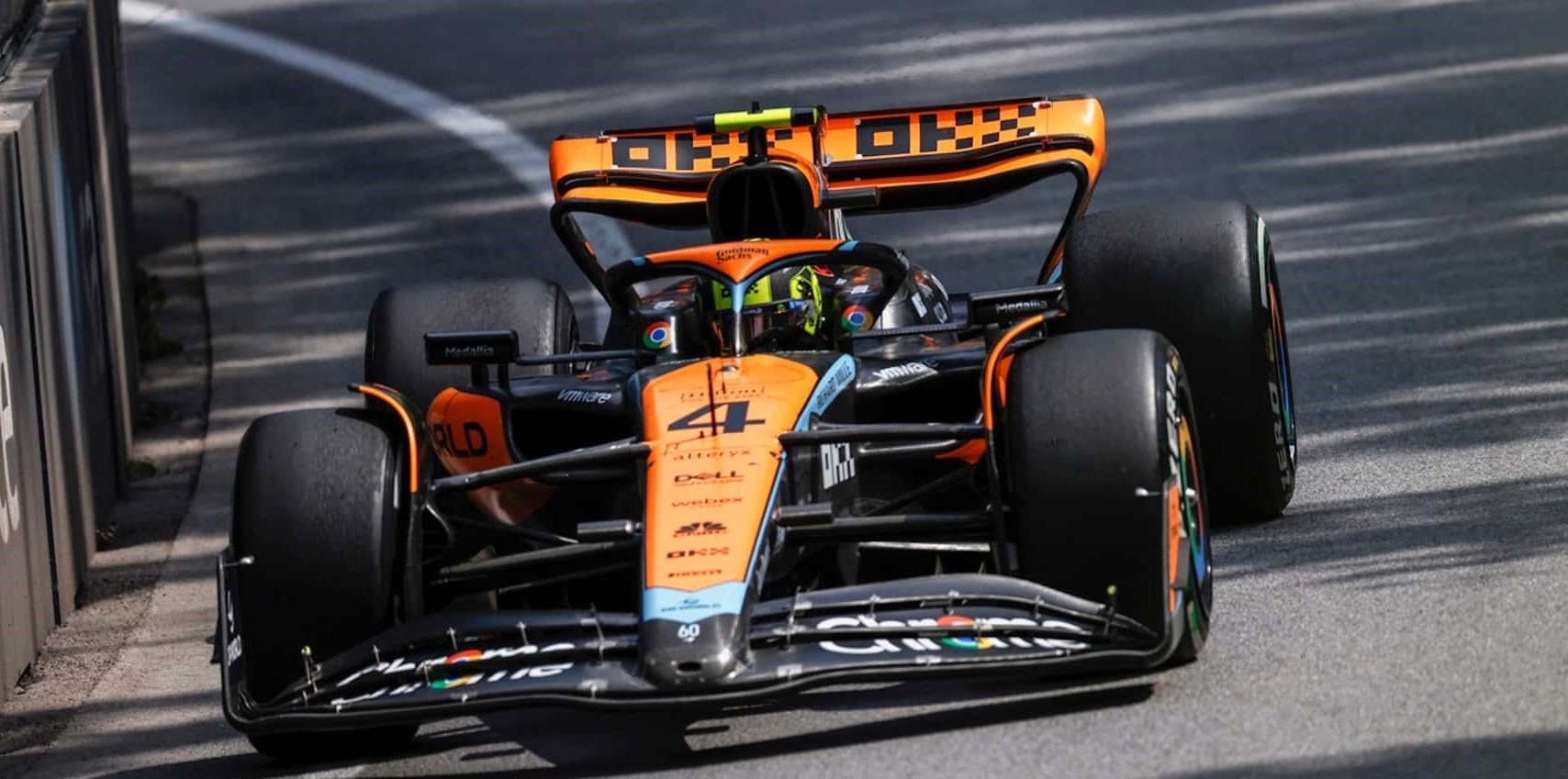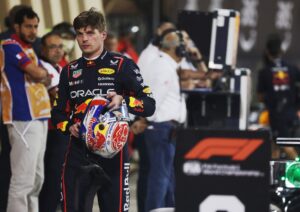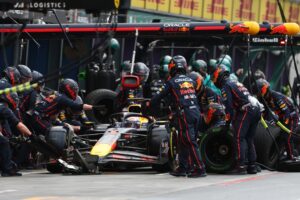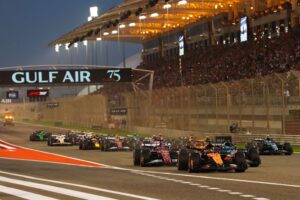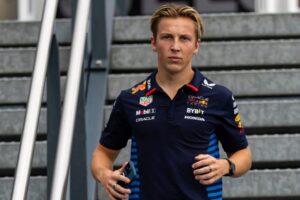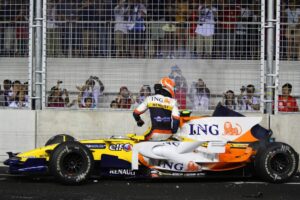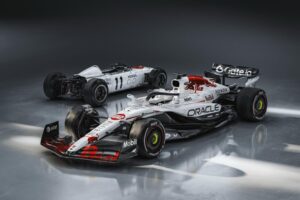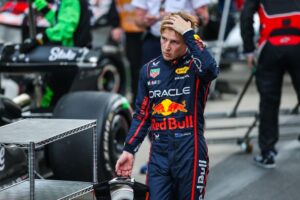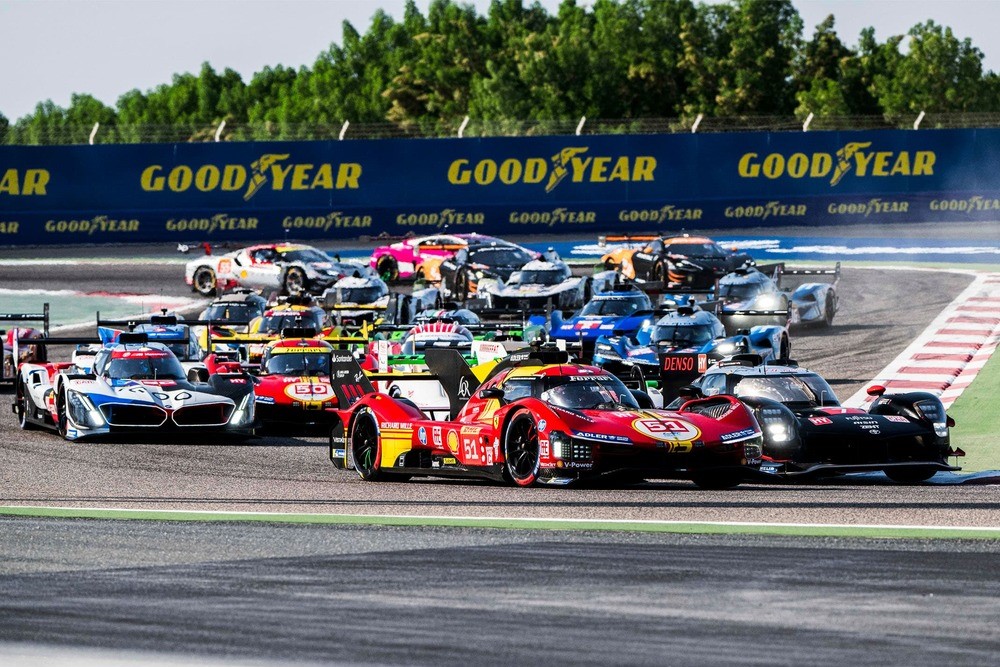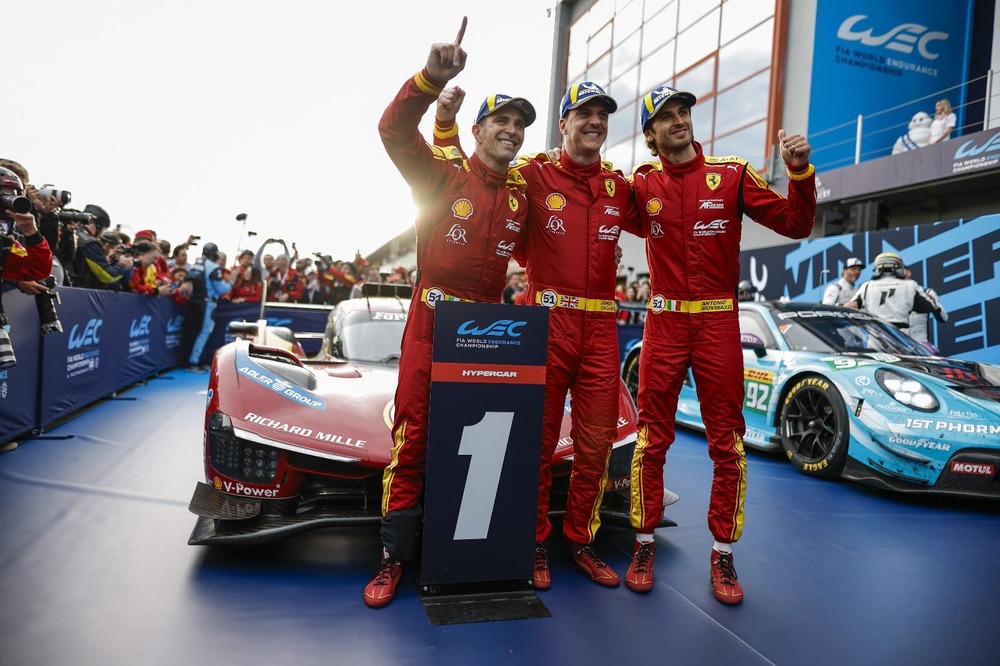Ferrari tested out new components during a filming day in Fiorano that will be used at the Austrian Grand Prix the following weekend.
Both Charles Leclerc and Carlos Sainz had the chance to test the Scuderia’s revised SF-23, according to the Italian website Formu1a.uno.
The car, which was recently substantially updated in Barcelona, reportedly has a new front wing, a reworked floor with revised fences and sidepod inlets, and a design that was influenced by Red Bull’s dominant RB19, which is still unbeaten this season.
It was crucial for Scuderia Ferrari to carry out yesterday’s filming at its home racetrack. Carlos Sainz and Charles Leclerc had a great chance to test drive the SF-23 single-seater at Fiorano while sticking to a schedule resembling a real on-track test, which is becoming less common but is still a vital aspect of Formula 1—especially for the Scuderia in Maranello—despite its rarity.
A total of two “filming days” are allotted to each F1 team per season, and Ferrari decided to use its second and final day to test the new components.
The FIA has set a limit of 100 km for filming days, or about 33 laps of the Scuderia’s Fiorano track and teams are required to use control tyres provided by Pirelli for the test.
Ferrari is putting a lot of effort into improving the performance of its 2023 contender. The team’s engineers are concentrating on giving the SF-23 more consistency and lowering its propensity to eat up its tyres in racing trim.
The word “peaky” is one that the men in red use the most throughout the 2023 Formula One championship and subsequently, the phrase “operating window” comes up according to the Spanish driver Carlos Sainz who recently spoke to Motorsport Italia.
The Spanish driver drove the SF-23 in its standard configuration, as it was used in Barcelona and Canada, before mounting the additional changes such the new wing, on the front.
Charles Leclerc conducted full back-to-back tests to collect as much information as possible within the allotted 100 kilometers on the track in the afternoon with the new floor and updated sidepods before returning to the standard package in the evening.
Sainz asserts that Ferrari has brought over a problem from the latter stages of its 2022 season to this year.
“We’re all frustrated by it and motivated to change, but it’s something we started seeing towards the end of last year,” the Spaniard said during the Canadian Grand Prix.
“We were sticking it on pole in Austin, very close to pole in many circuits, even Abu Dhabi at the end of the year, but then we saw the race and that we were clearly behind Red Bull.
“This is a carryover but maybe an exaggeration this year with the car that we have, because last year, we could still have pole positions and be a couple of tenths behind, but this year, it is a bit much.”
Overall, Sainz thinks that since introducing its upgraded package in Spain, Ferrari has made “important steps” toward better understanding its car.
“We are opening new windows of development, and if this window doesn’t work, we will open another one and another one,” the Ferrari driver added. “We will keep trying.”
“I’m going to Maranello more often than ever, spending more time there in-between races and I’m trying to make sure we keep the team pushing in the same direction and motivated.
“I see good things coming, but obviously the results at the race-track are not coming.”
Enrico Cardile’s push convinced the management, in particular Frederic Vasseur who demanded more “aggressiveness” in the changes for the 2023 F1 car, to utilize the second day of filming to go over a new set of improvements before the August summer break.
The SF-23 was designed poorly and the simulator “deceived” the engineers who also created it. While this car was put together improperly, the Ferrari technicians still believe in its potential. When the car hit the track, Frederic Vasseur stopped hiding the reality that his decisions were poor.
The Ferrari team principal stressed that the Italian team had been “deceived” by the simulator data, since they had found out on the racetrack that the SF-23 was not what the statistics had shown.
They discovered in Bahrain that the porpoising problem persisted and that the front end was a problem, first for Charles Leclerc in particular. From that point on, Ferrari’s “new project” started with the corrective actions we have been seeing in recent races starting to follow a new development strategy.
They are now required to confirm the developments made in this series of races before August.

